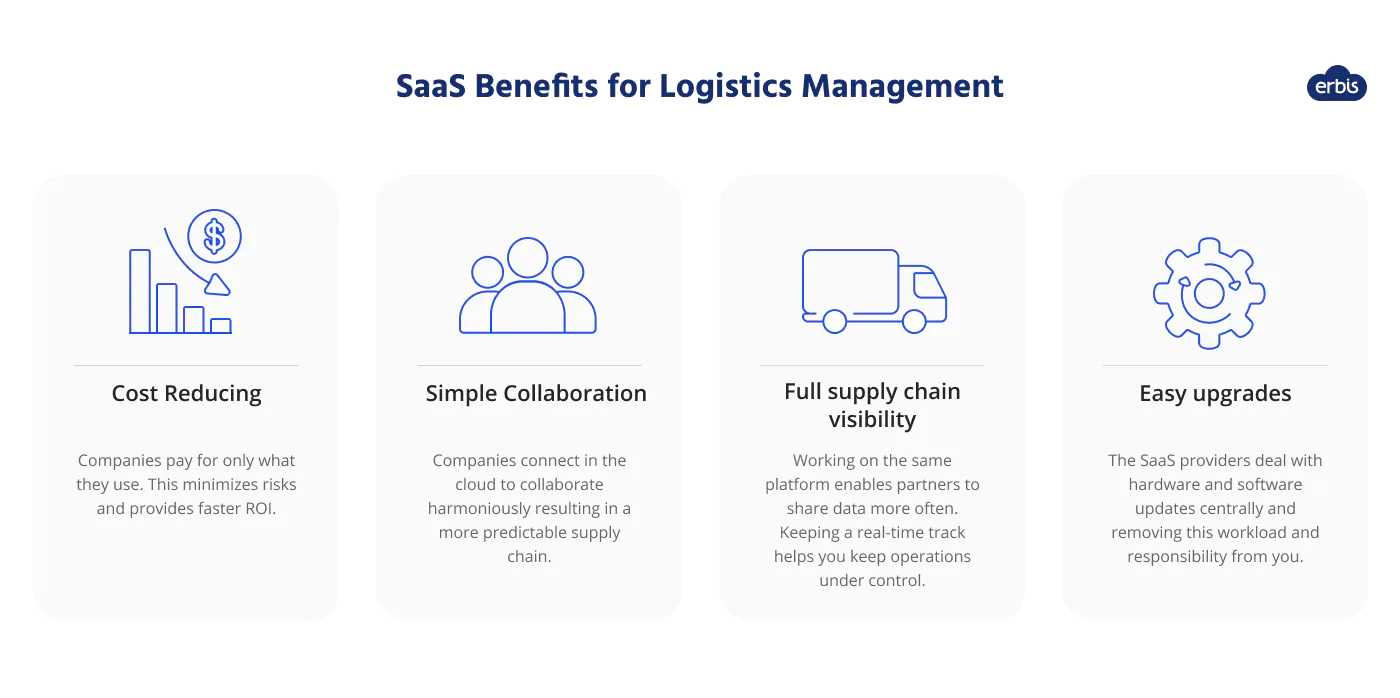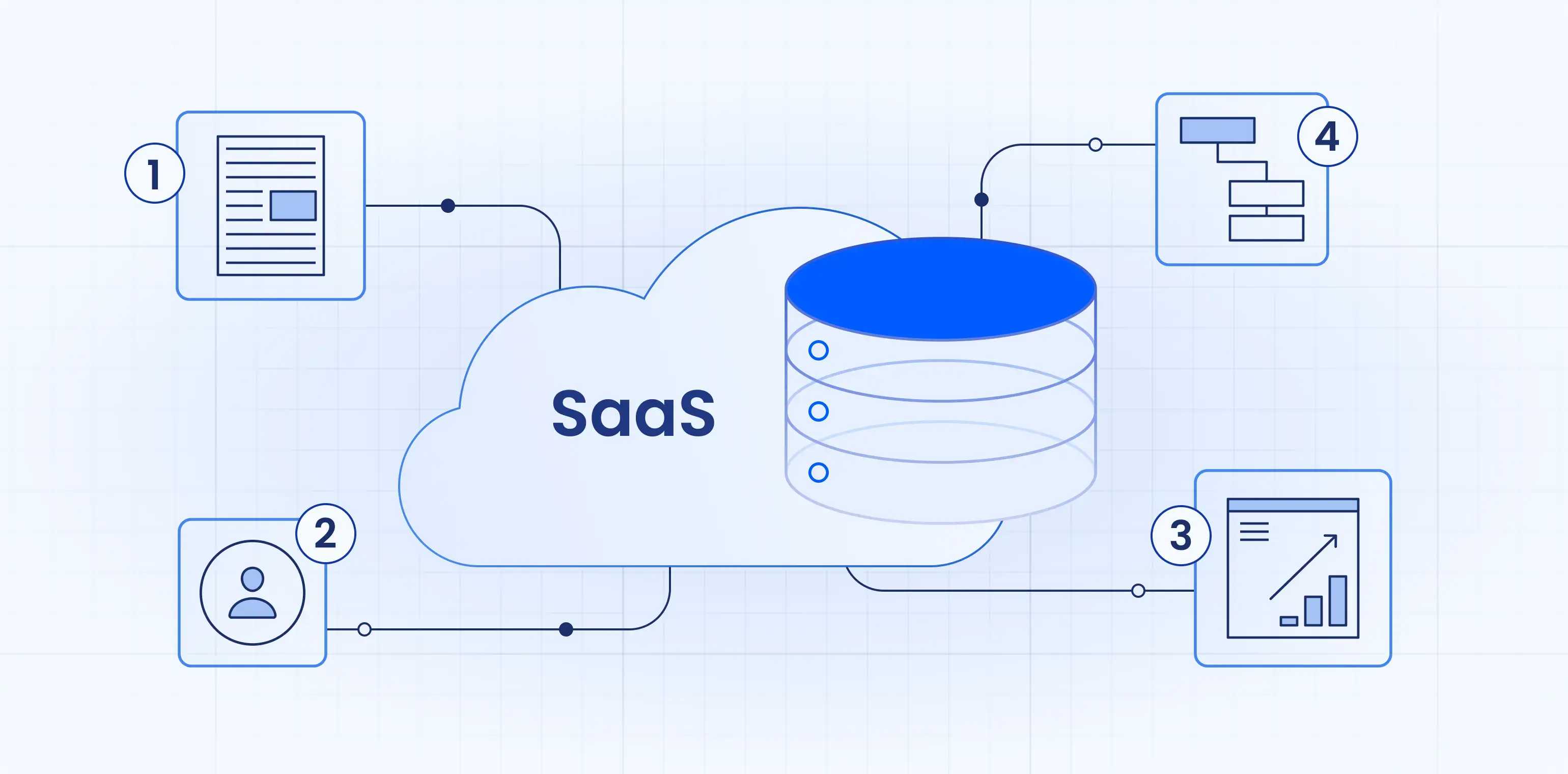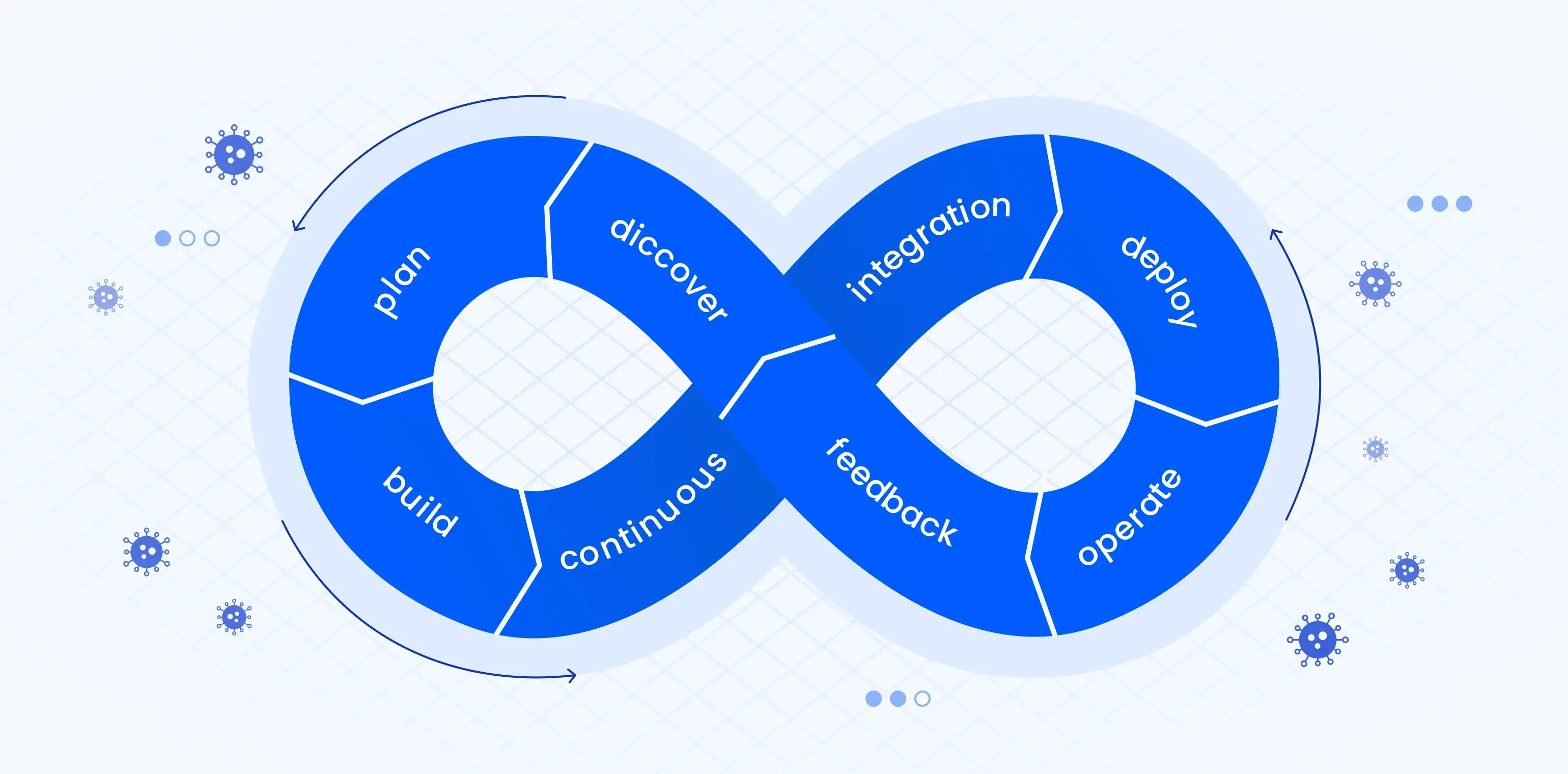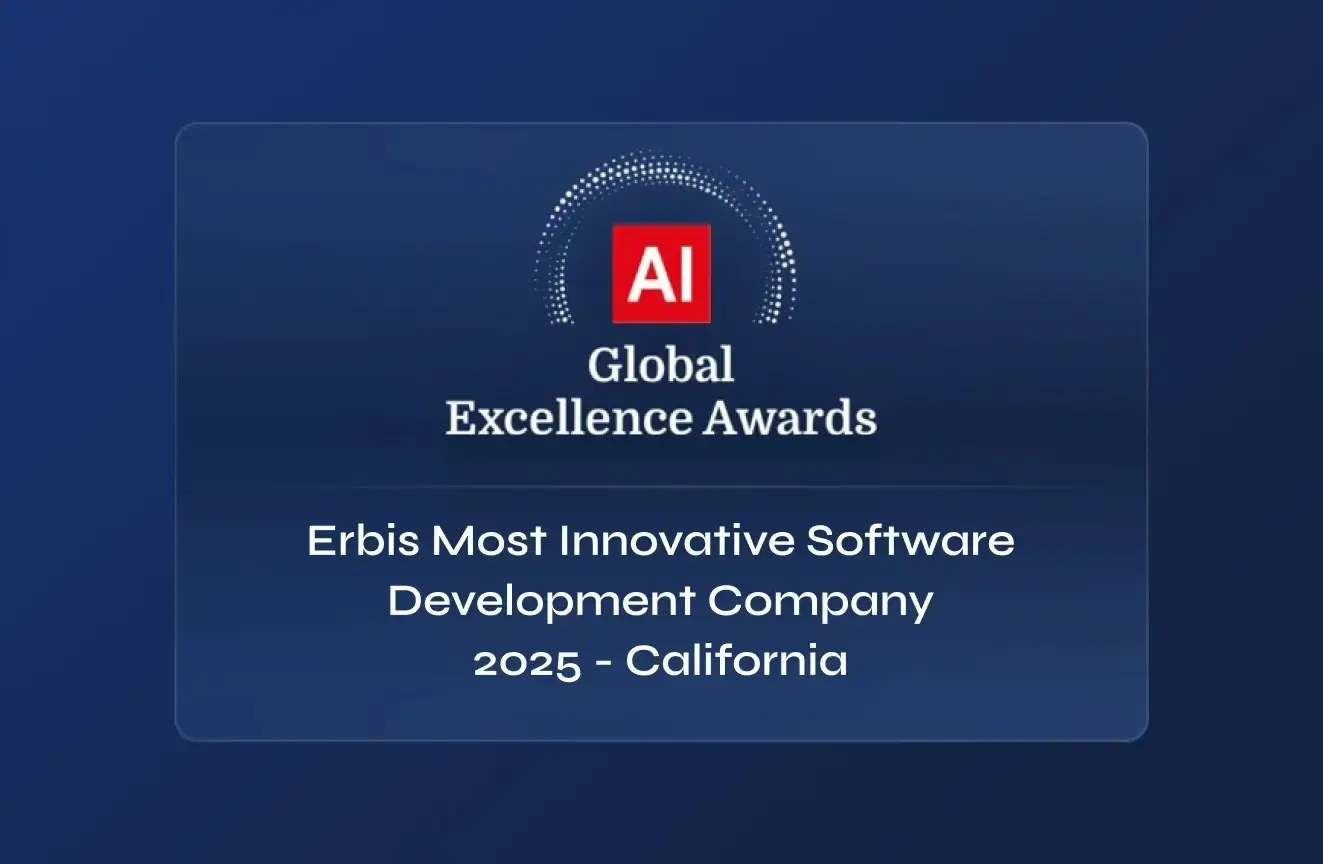4 major supply chain management software solutions
A global pandemic has changed the world of retail irrevocably. In response to COVID-19, an unprecedented number of shoppers have made purchases online for the first time. Among them are old and rural consumers that will continue to adopt digital. Changes in consumer behavior will be lasting and many will maintain new digital habits in a post-pandemic world.
So get ready for the new e-commerce normal. You have little time left to update your supply chain management for improving business and providing a seamless consumer experience. Below are the major problems of logistics companies.
Problem 1. Predictability
Of course, each shipper wishes to satisfy the customer. But don’t get wrong with false promises. You should be hyper-accurate with the word given. Treat it like an oath. It’s far better to indicate a 2-3 day delivery period than say 2-day and to lose.
Recent surveys show that getting an item to a customer when expected is more important than getting it as fast as possible. We’d prefer a tomorrow delivery at 7-8 pm rather than today’s from 2 till 8 pm. That makes sense, right?
Solutions
Make your Service Level Agreement consistent and coherent. This is where setting realistic customer expectations becomes essential for retention and loyalty. No need to show all the backstage, as a customer wants to measure the result and get what he’d expect to for his money. In this case, the trend to increase delivery speeds at all costs can surprisingly lead to unhappy customers. The same will provoke the unexpected calls after ticking off ‘don’t call me’.
Problem 2. Supply chain visibility
Supply chain visibility means control over your business thanks to information. It has a direct impact on revenue growth, cost cuts, and reduces invested capital. Though achieving it remains an elusive goal. Supply chain management software solutions networks, technologies, regulations, and business models are continuously changing. So are the rules for success. It’s a moving target with no silver bullet for it.
Supply chain visibility software is worth investment only if companies also spend time, money, and resources to walk their supply chain, from start to finish, with their own feet.
Solution
It has never been easier for organizations to adopt automation software solutions as it is now. Cost-effective cloud-based solutions make automated field processes accessible now for smaller budgets and fleets.
You can rely on dynamic data, which puts you in control with accurate information about suppliers, carriers, systems, and customers. Such kind of visibility data reflects rates and pricing and enables intelligent routing, automated pickups, proactive tracking, and automatic payment reconciliation. You have no right to say: “I can’t afford to automate my supply chain management processes for financial reasons.” That’s not true anymore.
Problem 3. Last-mile delivery
According to statistics, delivery executors have to make as many as 150 trips for every 100 deliveries. Such difference occurs due to fuzzy addresses, unresponsive customers, heavy traffic, or last-minute cancellation. Last-mile delivery is considered the most important and painful element in the logistics and supply chain business. It is the key to customer satisfaction and makes up the lion’s share of delivery costs. So, if done right, it can save a ton of time and money which in turn can make your business both efficient and profitable. As such, the segment becomes the first place to implement new supply chain and logistics software solutions.
Solution
Since increasingly more consumers are looking for different delivery methods, last-mile delivery has become an option for retailers looking to add value to their services. To deal with this, you need to look to AI-driven technologies that analyze big data in real-time and adapt the delivery process accordingly.
Consumers themselves would like to check up where their parcel is. The most friendly solution for that is crowd-sourced deliveries which allow them to open a mobile app and order coffee to the office, change order details, and contact courier if needed.

Problem 4. Software development
Although there are a variety of logistic software startup companies targeting a last-mile niche, it becomes difficult for large-scale retailers and delivery companies to incorporate such tools into one consistent system. Ready-made supply chain software demonstrates real-time data without any forecasts while the ability to predict the delivery time as accurately as possible.
Solution
In most cases, large companies using third-party logistics services (3PL) for the last mile delivery must develop their own supply chain management software solutions meeting the needs of clients, retailers, and carriers.
For example, customers opt for flexibility and easy returns, retailers try to mix in-house and 3PL delivery services, while carriers struggle for cutting costs and safety.
To understand where to start, it’s better to prioritize challenges and estimate the solution cost, including a ready-to-use one and those, need crafting. We at Erbis can become your reliable partner for creating an utterly polished product. Look through the latest supply chain solution developed by our team for one of the leading global logistics provider: Latest supply chain solution.












